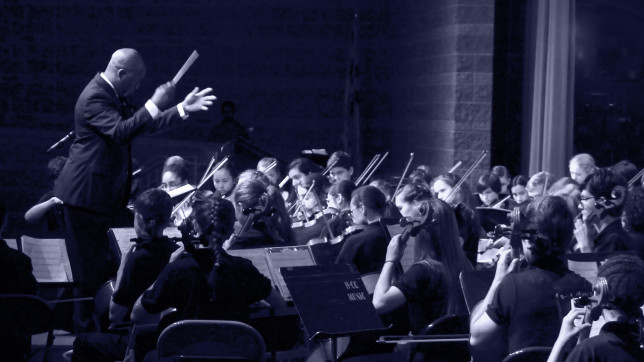Tension is key to keeping readers engaged, no matter what type of novel you’re writing. The tension can be overt and driving, as in a mystery, thriller or sci fi fantasy adventure, or it can be subtle and pervasive, as in a more literary novel. We read to see all sorts of tension resolved. But happy or fun moments may also be an important part of your story. The trick is how to design the happier scenes so that they augment, rather than diminish, the ongoing tension.
1. Happiness under threat
Happiness under time pressure or other threat acts to increase the tension. In The Time Traveler’s Wife by Audrey Niffenegger, the central characters Henry and Clare share many joyful and tender scenes, but the tension never eases. Henry’s involuntary time traveling may whip him away at any second, putting their happiness under constant threat. Niffenegger figured out a clever way to fracture the implications of mortality. But you can accomplish a similar effect without resorting to time travel, and endangered romance doesn’t need to be your central plotline. Generally speaking, if someone or something which your main character cares about is threatened by other characters or further developments, then that happiness will add to the stakes. Your readers can enjoy the fun as it unfolds, but will keep reading to make sure it continues – or returns.
2. Humor
We’re all familiar with the idea that humor breaks tension. Readers love to laugh with characters under pressure as they make wry comments on what confronts them, or at them as they make crazy mistakes. Tension sets us up for humor because of the contrast between the big picture and the smaller, wonderfully human response. Humor can also be quite revealing. Fortunately, to break tension doesn’t mean to end it, as long as the larger reasons for the tension haven’t been undermined. In The Corrections, Jonathan Franzen has his characters act out hilariously as part of their own nervous reaction to tension, and in doing so make everything worse. The same is true in White Teeth by Zadie Smith and Middlesex by Jeffrey Eugenides. If you make sure to keep your characters under pressure and out of balance, then a bit of humor can slightly relieve your readers’ nerves without letting them off the hook.
3. Hope
At the midpoint of a novel, the plot arc typically crests when the main character’s experiences to that point begin to succeed in moving him or her toward change. The challenges of the external plot lead to an internal moment of enlightenment at the midpoint, which opens the way in the external plot from the fear of change to the courage to fight. Assuming your protagonist has been in resistance to the thematic truth driving your novel – as further discussed in my post on The Truth Behind Fiction – then this is where that resistance begins to break. The moment of enlightenment also makes possible a special kind of scene, often referred to as a period of grace. We get a glimpse of what might be possible for the character if only he or she would be willing to change and grow. You might be concerned that this would reduce the tension, and it can if the character has nothing further to accomplish, but if instead the biggest change has only happened inside the character and he or she still has to take action to fulfill the goals of the plot, then a grace period will actually increase the stakes and magnify the tension.
All these techniques depend on crafting your happy, humorous, and hopeful moments to be integral to the main character and reflective of the deepest thematic truth of your story. They shouldn’t read like a side show or commercial break. Your protagonist may start in resistance to your truth, but the possibility of happiness can create stakes, humor can reveal character, and hope can propel us toward real change.



